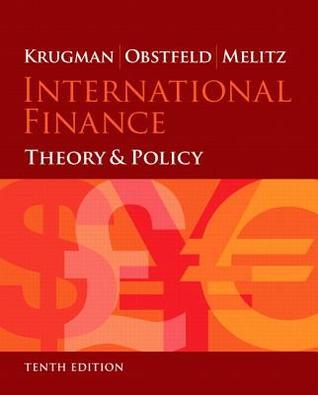In 1984 and 1985, the small Latin American country of Bolivia experienced hyperinflation. Below are some key
Question:
In 1984 and 1985, the small Latin American country of Bolivia experienced hyperinflation.
Below are some key macroeconomic data from those years:
Macroeconomic Data for Bolivia, April 1984–October 1985 Month Money Supply (Billions of Pesos)
Price Level (Relative to 1982 Average = 1 Exchange Rate (Pesos per Dollar)
1984 April 270 21.1 3,576 May 330 31.1 3,512 June 440 32.3 3,342 July 599 34.0 3,570 August 718 39.1 7,038 September 889 53.7 13,685 October 1,194 85.5 15,205 November 1,495 112.4 18,469 December 3,296 180.9 24,515 1985 January 4,630 305.3 73,016 February 6,455 863.3 141,101 March 9,089 1,078.6 128,137 April 12,885 1,205.7 167,428 May 21,309 1,635.7 272,375 June 27,778 2,919.1 481,756 July 47,341 4,854.6 885,476 August 74,306 8,081.0 1,182,300 September 103,272 12,647.6 1,087,440 October 132,550 12,411.8 1,120,210
a. Do the money supply, price level, and exchange rate against the U.S. dollar move broadly as you would expect? Explain.
b. Calculate the percent changes in the general price level and price of the dollar between April 1984 and July 1985. How do these compare to each other and to the percent increase in the money supply? Can you explain the results? (Hint: Refer back to the discussion of the velocity of money in question 3.)
c. The Bolivian government introduced a dramatic stabilization plan near the end of August 1985. Looking at the price levels and exchange rates for the following two months, do you think it was successful? In light of your answer, explain why the money supply increased by a large amount between September and October 1985.
Step by Step Answer:

International Finance: Theory And Policy
ISBN: 9781292065199
10th Edition
Authors: Krugman, Paul R.; Melitz, Marc J.; Obstfeld, Maurice






